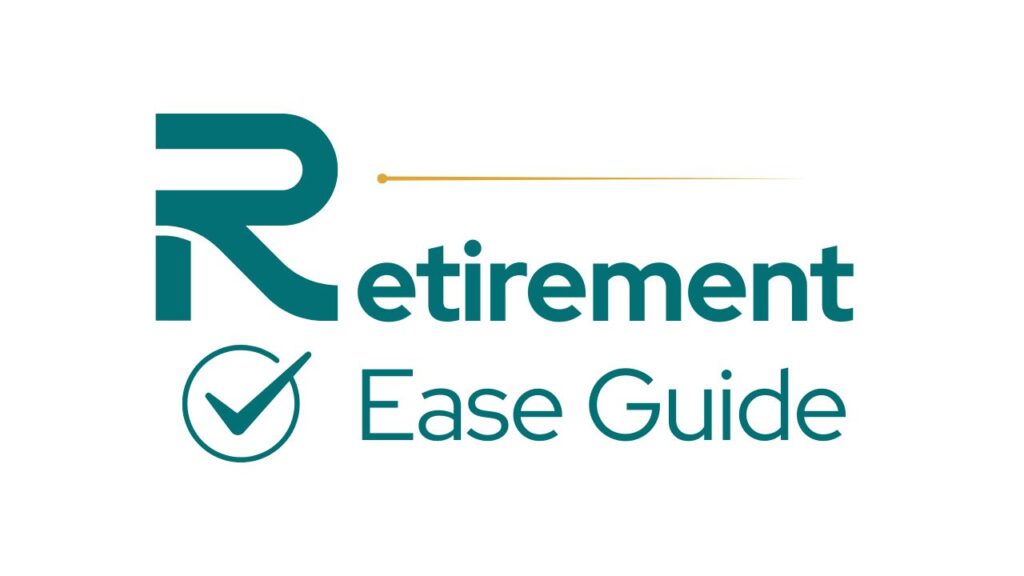Saving & Investing
“Invest Wisely, Live Comfortably — Build the Foundation for a Stress-Free Retirement.”
Saving & Investing for Retirement: Build Wealth and Peace of Mind in 2025
Find out how to save and invest for retirement in 2025 with simple, proven strategies. Discover smart savings habits, best investment options, and how to secure your financial future confidently.
Why Saving and Investing Matter for a Secure Retirement?
Retirement isn’t just about stopping work — it’s about living the life you’ve worked for without financial stress. Saving and investing early give you the freedom to make choices, travel, and enjoy your golden years with confidence.
Every dollar you save today becomes the foundation for your future stability and peace of mind.

The Cost of Waiting
The earlier you start saving, the more time your money has to grow through compounding.
Let’s compare two savers:
Saver | Starts Saving | Monthly Contribution | Value at Age 65 (7% growth) |
Alex | Age 30 | $500 | $570,000 |
Jamie | Age 45 | $500 | $190,000 |
That 15-year head start made Alex nearly three times wealthier — all by starting sooner.
The Balance Between Saving and Enjoying Life
Retirement planning isn’t about deprivation — it’s about balance. By creating a plan, you can save confidently while still living well today.
At RetirementEaseGuide, we help you align your savings strategy with your lifestyle goals, so your financial plan feels realistic and rewarding.
Step 1: Define Your Retirement Savings Goal
Before you start investing, you need to know how much you’re aiming for.
Estimate Your Future Needs
Use our Retirement Savings Calculator to determine how much you’ll need based on your:
- Current income
- Desired retirement age
- Lifestyle expectations
- Estimated healthcare and living costs
The 70–80% Income Rule
A simple rule of thumb: aim to replace 70–80% of your pre-retirement income annually.
If you earn $100,000 today, you’ll likely need around $70,000–$80,000 per year in retirement.
Step 2: Build a Smart Retirement Savings Plan
Start Early — Time Is Your Greatest Ally
The longer your money stays invested, the more it grows. Even small, consistent contributions create long-term wealth through compound interest.
Set Automated Contributions
Automate your monthly savings — into your 401(k), IRA, or brokerage account — so you never have to rely on willpower.
Diversify Across Multiple Accounts
Your retirement savings can live in different accounts:
401(k): Offered by employers, often includes matching contributions.
Traditional IRA: Tax-deductible contributions, pay taxes later.
Roth IRA: Tax-free withdrawals in retirement.
💡 Tip: Use both pre-tax (401k) and after-tax (Roth) accounts to balance flexibility and tax benefits.
Step 3: Invest Wisely for Long-Term Growth
Saving alone isn’t enough — investing strategically helps your money outpace inflation.
Risk vs. Reward by Age
As you get older, your portfolio should gradually shift from growth-focused to income-focused.
Age | Stocks | Bonds | Cash |
30s–40s | 80% | 15% | 5% |
50s | 60% | 30% | 10% |
60s+ | 40% | 50% | 10% |
Index Funds, ETFs, and Target-Date Funds
For most investors, low-cost, diversified options like index funds or target-date funds are ideal.
They automatically adjust risk as you age and require little maintenance.
Avoid Emotional Investing
Markets rise and fall — don’t let fear or excitement drive your decisions. Long-term discipline beats short-term reactions.
Step 4: Maximize Employer and Tax Advantages
Employer Matches and 401(k)s
If your employer offers a 401(k) match, contribute at least enough to get the full match — it’s essentially free money.
Tax-Deferred vs. Tax-Free Accounts
- Traditional 401(k)/IRA: Contributions reduce your taxable income now; withdrawals are taxed later.
- Roth IRA/401(k): Contributions are taxed now, but withdrawals are tax-free in retirement.
Mixing both gives you tax diversification — flexibility for future income planning.
Step 5: Review and Adjust Your Strategy Regularly
Your financial plan isn’t static. Review it at least once a year or whenever your life changes — marriage, job changes, or nearing retirement.
Rebalance Annually
If your portfolio drifts due to market performance, rebalance back to your target allocation to control risk.
Adapt to Life Changes
Big expenses, healthcare updates, or market shifts may require fine-tuning your strategy.
Step 6: Combine Saving, Investing, and Lifestyle Goals
Money is a tool to support the life you want — not just a number on paper.
Budget for Joy, Not Just Security
Leave room in your plan for travel, hobbies, and family time.
A successful retirement isn’t just about surviving — it’s about thriving.
Use Interactive Tools
Explore our easy, free tools to make smarter financial decisions:
- Retirement Savings Calculator
- Withdrawal Planner
- Healthcare Expense Estimator
Step 6: Combine Saving, Investing, and Lifestyle Goals
Money is a tool to support the life you want — not just a number on paper.
Budget for Joy, Not Just Security
Leave room in your plan for travel, hobbies, and family time.
A successful retirement isn’t just about surviving — it’s about thriving.
Use Interactive Tools
Explore our easy, free tools to make smarter financial decisions:
- Retirement Savings Calculator
- Withdrawal Planner
- Healthcare Expense Estimator
Frequently Asked Question
How much should I save for retirement each month?
Aim for 15–20% of your income, including employer contributions. Start smaller if needed — consistency is key.
What’s the best investment for retirees?
Low-cost index funds, diversified ETFs, and dividend-paying stocks are strong long-term options.
Should I pay off debt before investing?
Yes — prioritize high-interest debt first, then redirect those payments to savings once cleared.
What’s a safe withdrawal rate in retirement?
The 4% rule is a popular guideline — withdraw 4% of your portfolio annually to make your savings last.
Is it too late to start saving in my 50s?
Never. Use catch-up contributions, delay retirement slightly, and consider part-time income or downsizing.
How can I protect my investments from market downturns?
Diversify, maintain a long-term mindset, and avoid panic selling. Balanced portfolios tend to recover over time.
Conclusion: Start Small, Stay Consistent, Retire Confidently
Saving and investing for retirement isn’t about being perfect — it’s about being consistent.
Every dollar saved, every contribution automated, and every investment made with purpose moves you closer to financial freedom.
Start today: Use our Retirement Savings Calculator to find your number — and build your plan for a confident, comfortable retirement.
Disclaimer: © RetirementEaseGuide – This content is for informational purposes only and not intended as medical or financial advice.
